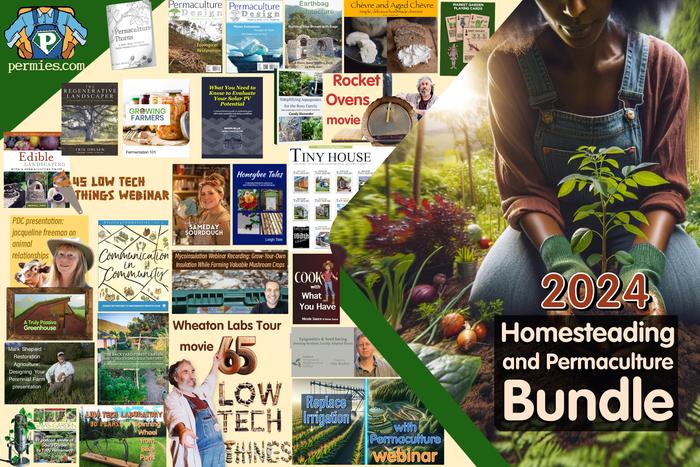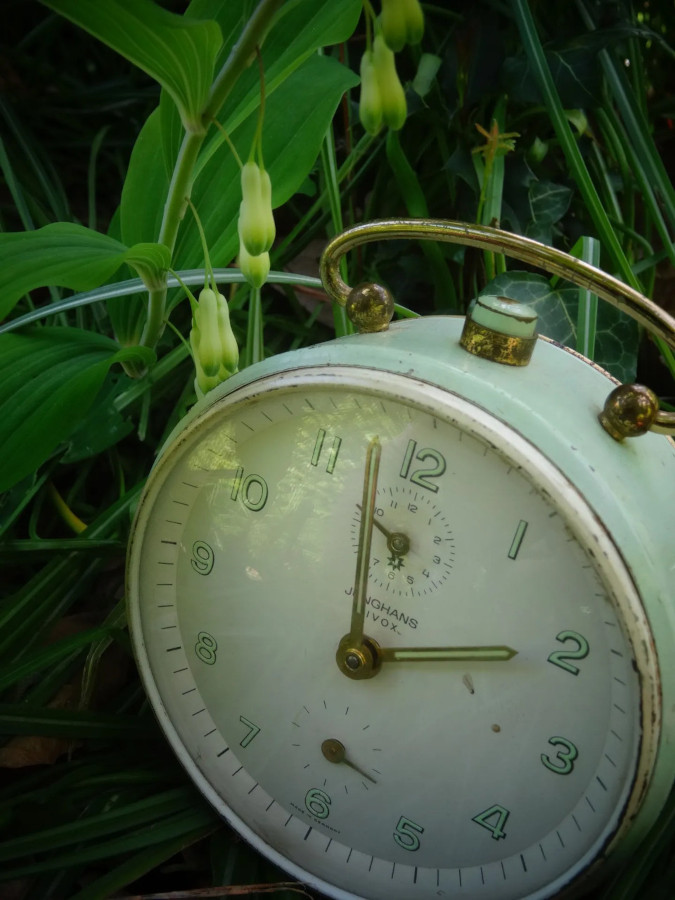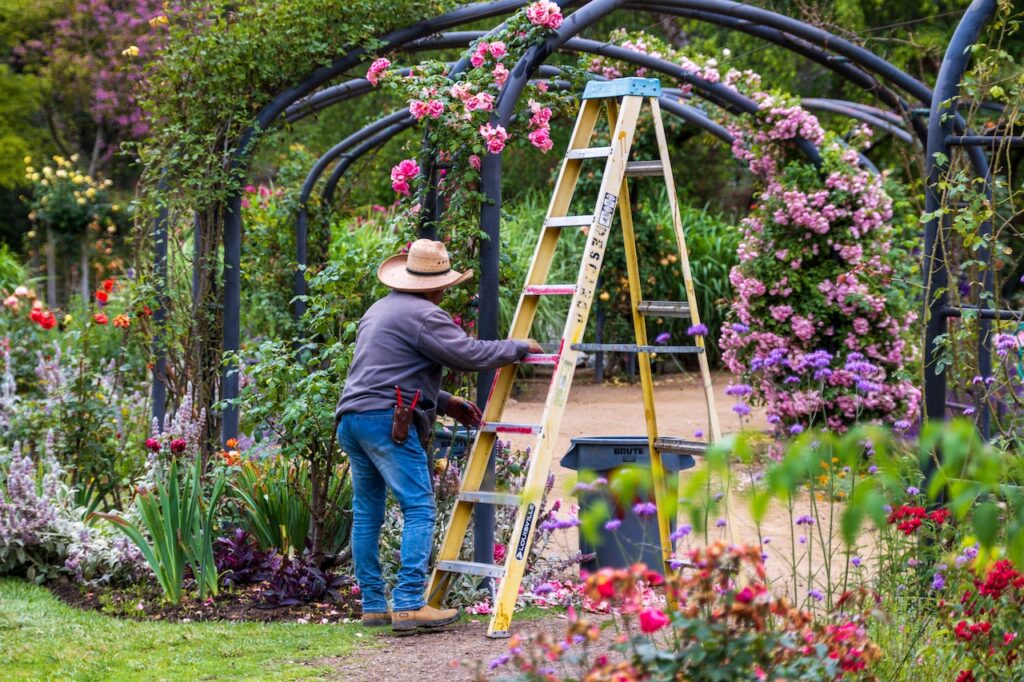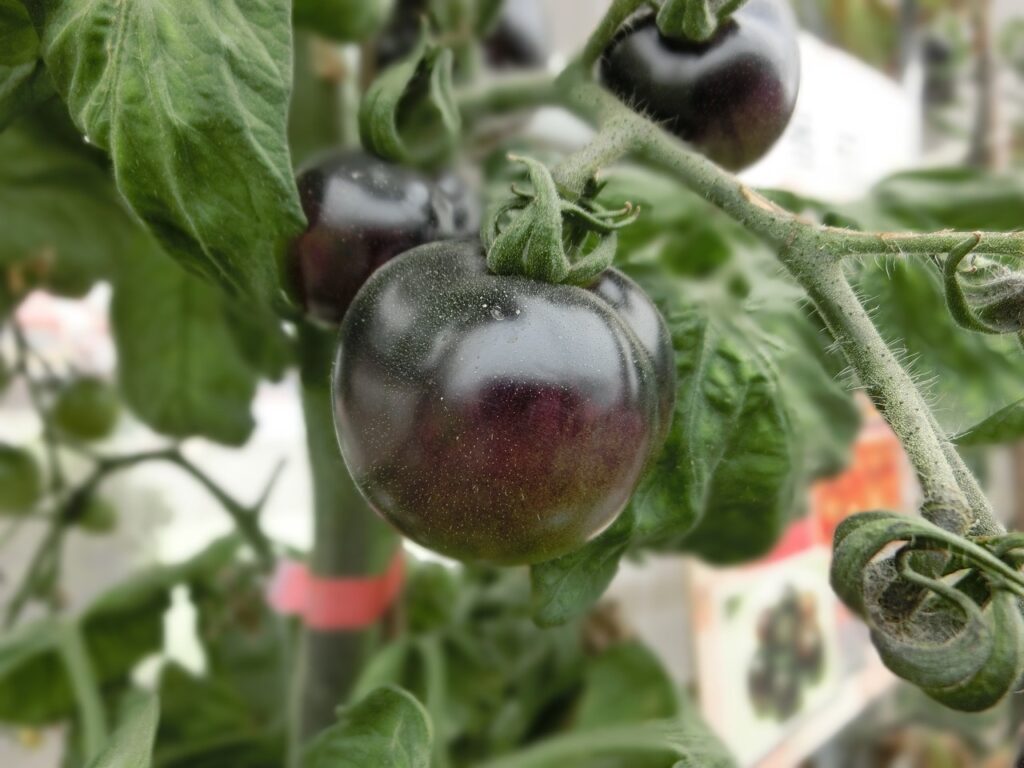What new adventures will this growing season hold?
Spring is dawning. Whether you have never gardened before, or you are a green thumb, you are excited about what this year may hold.
The seed catalogs lay open on the kitchen table or coffee table. The plants are starting to show up at the nursery and even the big box stores.
Your head may be already full of blog articles about soil health, and adding this or that soil amendment or fertilizer. Or questions like: “should I use cardboard as mulch?” It can get overwhelming. Take a deep breath and step back.
What do you like to eat?
As you choose what seeds to sow or plants to start in your garden, you have to ask yourself, “What do I like to eat?”
Seems simple. Maybe too simple.
Choose to grow what you like to eat. But also challenge yourself to try new things. You will experience tastes you could never dream of before.
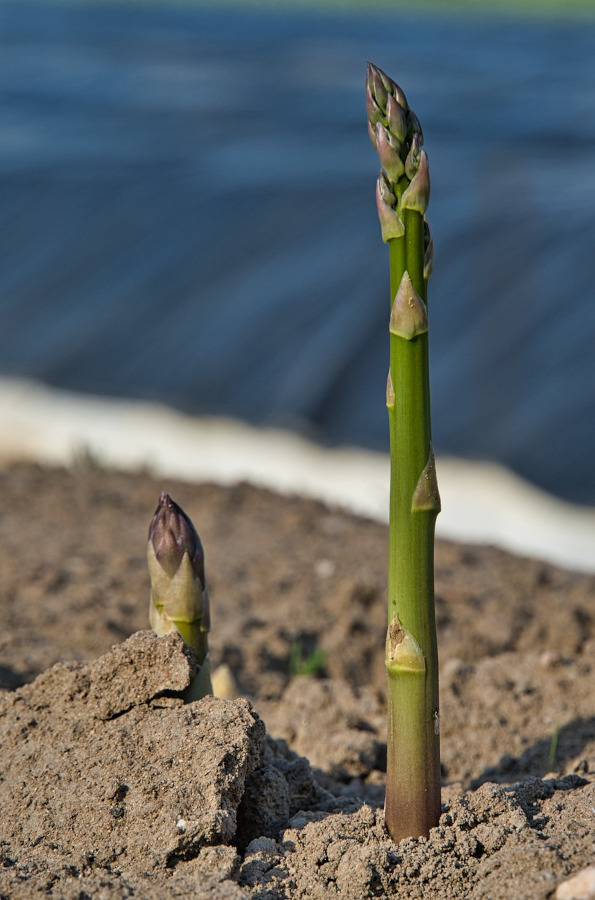
Many people do not eat very many vegetables, or a variety of vegetables. I never much liked asparagus. The stalks seemed woody. I was not prepared for the joy when I bit into a piece of fresh picked asparagus from the garden. It was downright juicy and not woody at all. And the Purple Passion asparagus was even better!
I had a similar experience with Cajun-like Fish peppers, or Sugar Rush Peach peppers. As well as the pleasant taste of fresh greens that were not either all water or limp like from the store.
I plant a lot of Black Seeded Simpson lettuce. This is lettuce that does not form a head. A cut-and-come-again lettuce that you can cut fresh all season until it bolts. It is fantastic. And I am growing this lettuce in my garden and greenhouse that would cost me $3.99 for a package at the store.
Fresh vegetables and fruit still have their enzymes intact, which fade as time goes on. Some of the best vegetables and fruit varieties are not shelf stable, and must be grown locally and eaten quickly after harvesting.
It is about growing and tasting fresh food that you may not be able to find in the store. Everything at the store is shelf stable. Only certain kinds of apples are available. Many of them are either too sweet or too bland. Maybe even mealy in texture. I want something different. The red fleshed Red Cinnamon apples. The tart crabapples. The green cooking apple that is as big as a softball.
One of the examples of rare fruit that you will not find in the store are pawpaws. They taste like a cross between vanilla and banana pudding. Pawpaws have no shelf life. They must be eaten soon after picking them.
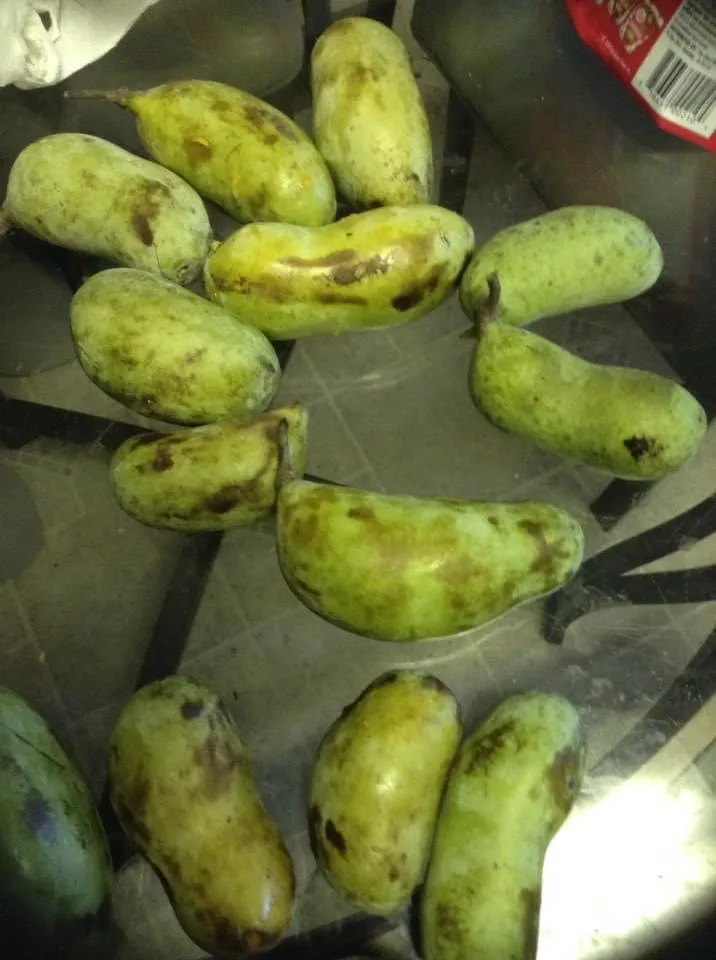
I have a type of mint called Candy Cane mint. It is so strong that it really tastes like peppermint candy (without the sugar). Even when dried it still has a strong flavor. I add it to my tea in the Winter.

Why do you garden?
The next question to ask yourself is “why do I garden?”
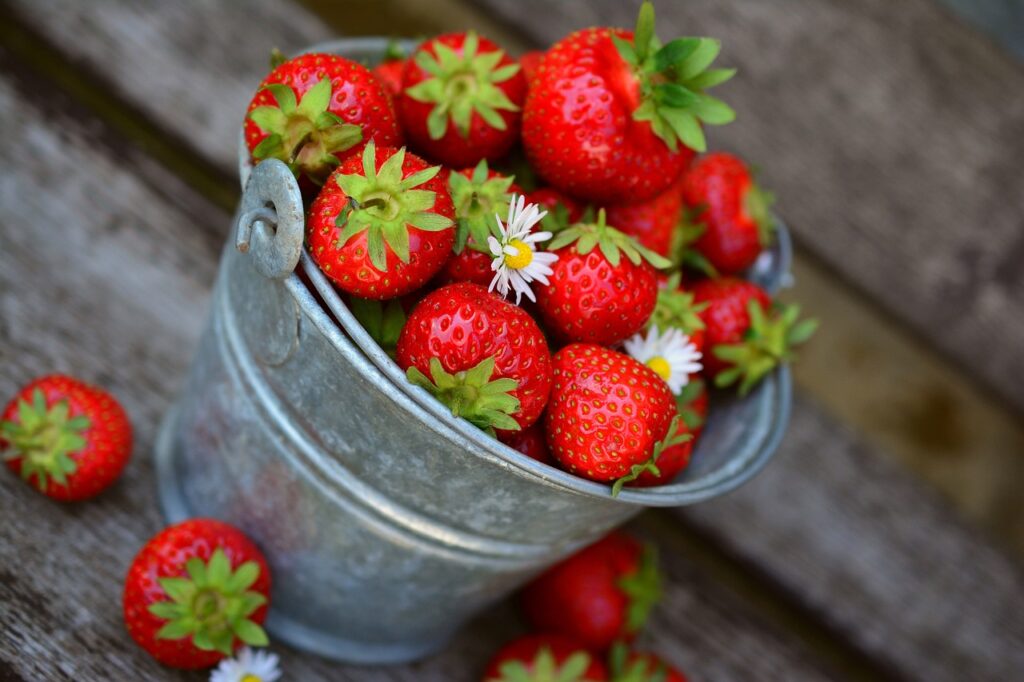
It is refreshing to know where your food comes from. Fresh food, without pesticides. Perhaps you want to be as organic as possible.
For me it is also for self sufficiency. I still remember the bare shelves at the store in March 2020.

But this is also why I grow my own food:

I currently work from home. No matter how bad the day, I can go out at lunch or for a quick 10 minute break and water the garden. But, more importantly, to just breathe.
Dream, Plan, then Plant
As you dream, and plan – ask yourself these questions. The dreaming is fun during the Wintertime and early Spring. It helps offset the cabin fever of February.
Most of all – have fun.
Dive into more of our gardening guides to take your next steps on your garden journey.
This article is cross posted from ThrivingNews.com – Thriving Community news, without the Noise.


Check out the NEW 2024 Homesteading Bundle from Permies, which has 35 e-books, courses, videos.
What I really liked:
- The Backyard Forest Garden e-book
- Agroforestry
- Restoration Agriculture: Designing Your Perennial Farm presentation from Permaculture Voices by Mark Shepard
- Permaculture Thorns, A Book About Trying to Build Permaculture Community, by Paul Wheaton.
- Plus 2 books by Nicole Sauce.
